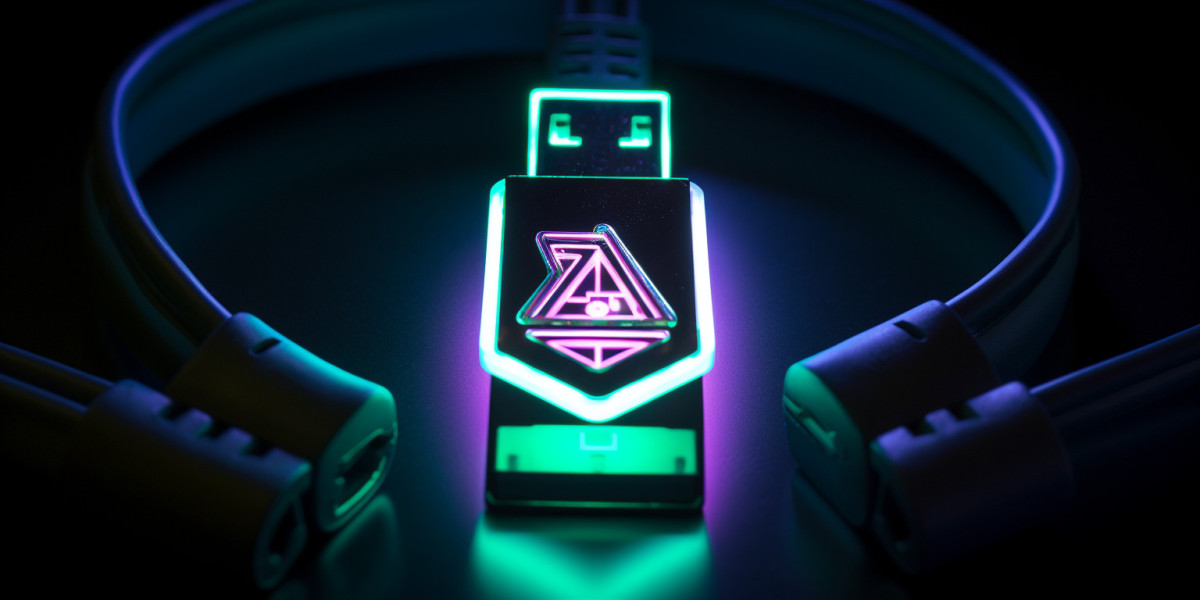The Universal Serial Bus, or USB, started as a revolutionary idea in the mid-1990s. Before USB, connecting devices was a headache. We wrestled with various connectors like serial ports, parallel ports, and other proprietary ones. Enter USB: it transformed this chaos into plug-and-play simplicity.
Did you know the USB logo draws inspiration from Neptune’s trident? Each prong symbolizes a USB function: the circle for data, the square for power, and the triangle for input devices. As the years rolled on, USB didn’t just offer simple connectivity. Its speeds skyrocketed, from USB 1.0’s 12 Mbps to USB 4.0’s impressive 40 Gbps. And let’s not forget the USB Type-C connector. This design solved the “which way does this plug in?” puzzle. It’s reversible, highlighting USB’s core philosophy: making tech user-friendly. In short, the USB journey, with its quirks and leaps, showcases its immense value today and hints at its promising future.
| USB Standard | Max Transfer Speed | Interface Options | Previously Known As |
|---|---|---|---|
| USB 3.0 | 5 Gbps (SuperSpeed) | USB Type-A, USB Type-B, Micro-USB 3 | — |
| USB 3.1 Gen 1 | 5 Gbps (SuperSpeed) | USB Type-A, USB Type-C, Micro-USB 3 | USB 3.0 |
| USB 3.1 Gen 2 | 10 Gbps (SuperSpeed+) | USB Type-A, USB Type-C | — |
| USB 3.2 Gen 1×1 | 5 Gbps (SuperSpeed) | USB Type-A, USB Type-C, Micro-USB 3 | USB 3.1 Gen 1 |
| USB 3.2 Gen 1×2 | 10 Gbps (SuperSpeed+) | USB Type-C | — |
| USB 3.2 Gen 2×2 | 20 Gbps (SuperSpeed+) | USB Type-C | — |
| USB 3.2 Gen 1 | 5 Gbps (SuperSpeed) | USB Type-A, USB Type-C | USB 3.1 Gen 1 |
| USB 3.2 Gen 2 | 10 Gbps (SuperSpeed+) | USB Type-A, USB Type-C | USB 3.1 Gen 2 |
| USB 4 | Up to 40 Gbps | USB Type-C | — |
Explanation on Lane Counts:
Lane counts refer to the number of data paths available for data transmission. In USB standards, these lanes can impact the overall transfer rate. For instance, “USB 3.2 Gen 1×2” has two lanes of 5 Gbps, thus offering a total transfer speed of 10 Gbps. Likewise, “USB 3.2 Gen 2×2” uses two lanes at 10 Gbps each, resulting in a combined rate of 20 Gbps. The ‘x1’ or ‘x2’ notation denotes the number of lanes.





Recent Comments